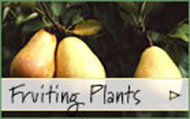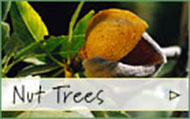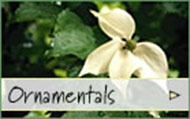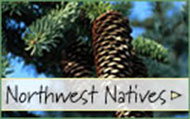
Honeylocust is a fast growing, widely adapted tree native to the Midwest and Eastern United States. It produces large, long, flat bean pods with a sweet edible pulp. Immature pods can be cooked and eaten. Young seeds taste like raw peas. Pods are considered a useful fodder for livestock.
Wood is hard and durable and imparts a desirable honeywood flavor to grilled foods. Zone 4-8.
Black Locust is native to North America, a rapid grower, and tolerates poor soils. Very hard, rot resistant, wood that can make fence posts that last 40 years or more. Highest BTU value for firewood.
It will continually re-sprout quickly from the stump if coppiced for firewood or fence post production. Young branches are very thorny. Zone 4-8.
BLACK LOCUST TREES CAN NOT BE SHIPPED TO ME, MN
|

 Click here to view items for:
Winter / Spring (Jan-June)
Summer (July-Oct)
Fall (Nov-Dec)
Click here to view items for:
Winter / Spring (Jan-June)
Summer (July-Oct)
Fall (Nov-Dec)


 Click here to view items for:
Winter / Spring (Jan-June)
Summer (July-Oct)
Fall (Nov-Dec)
Click here to view items for:
Winter / Spring (Jan-June)
Summer (July-Oct)
Fall (Nov-Dec)














